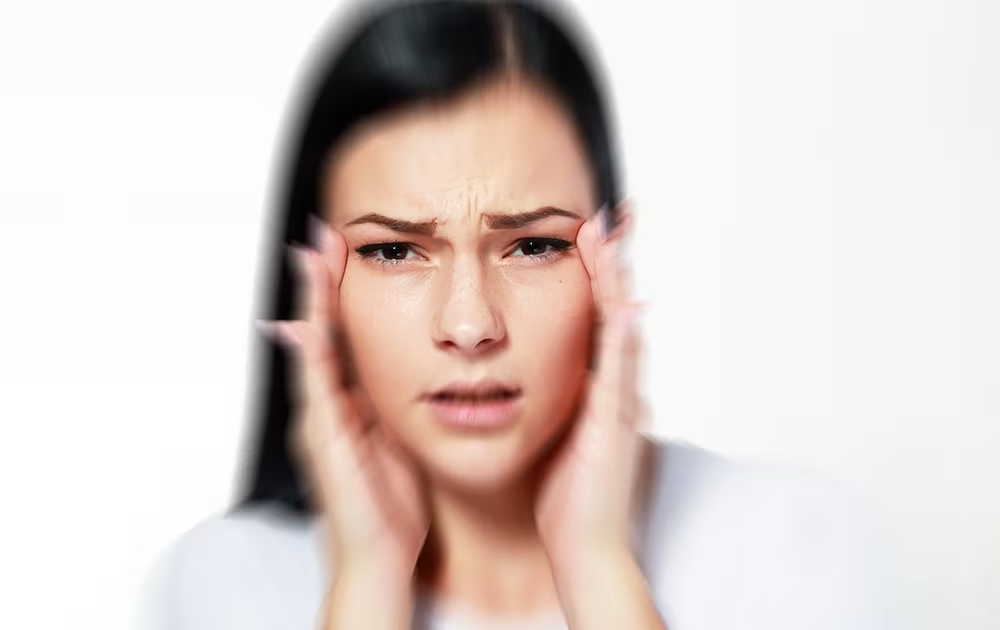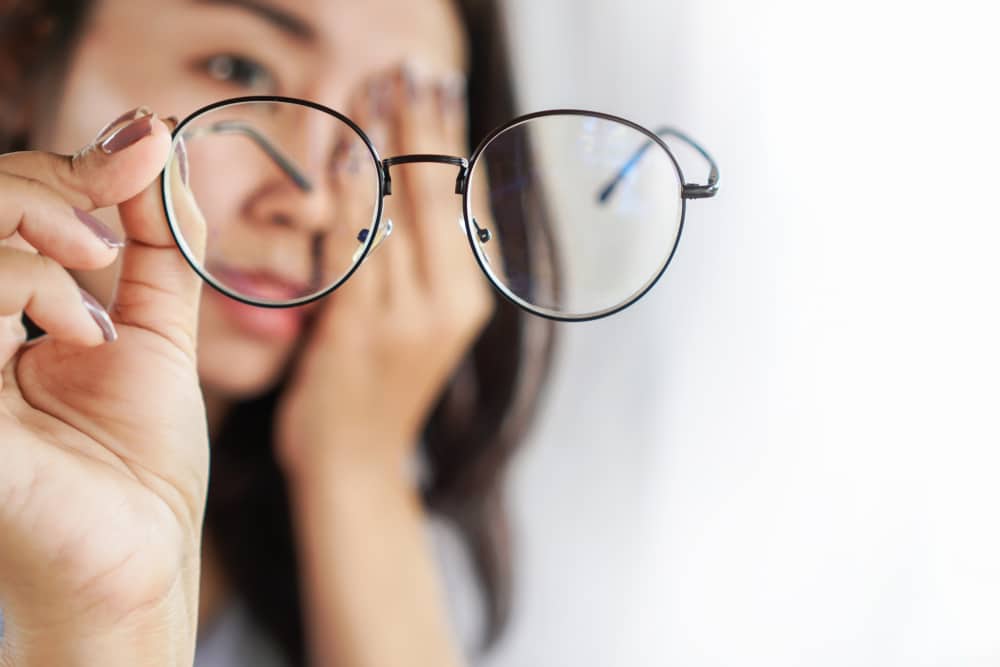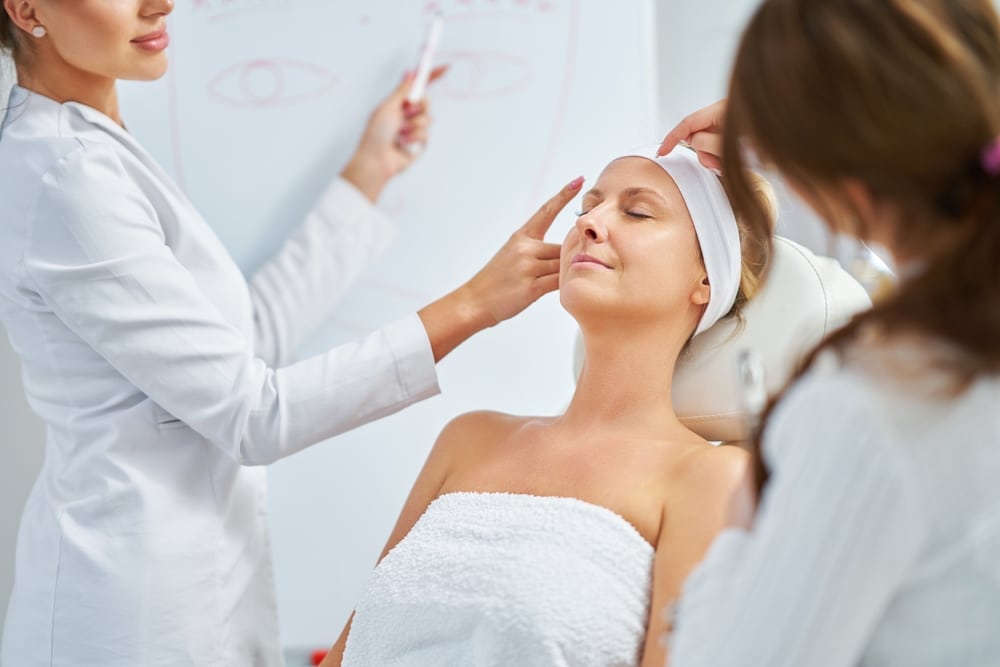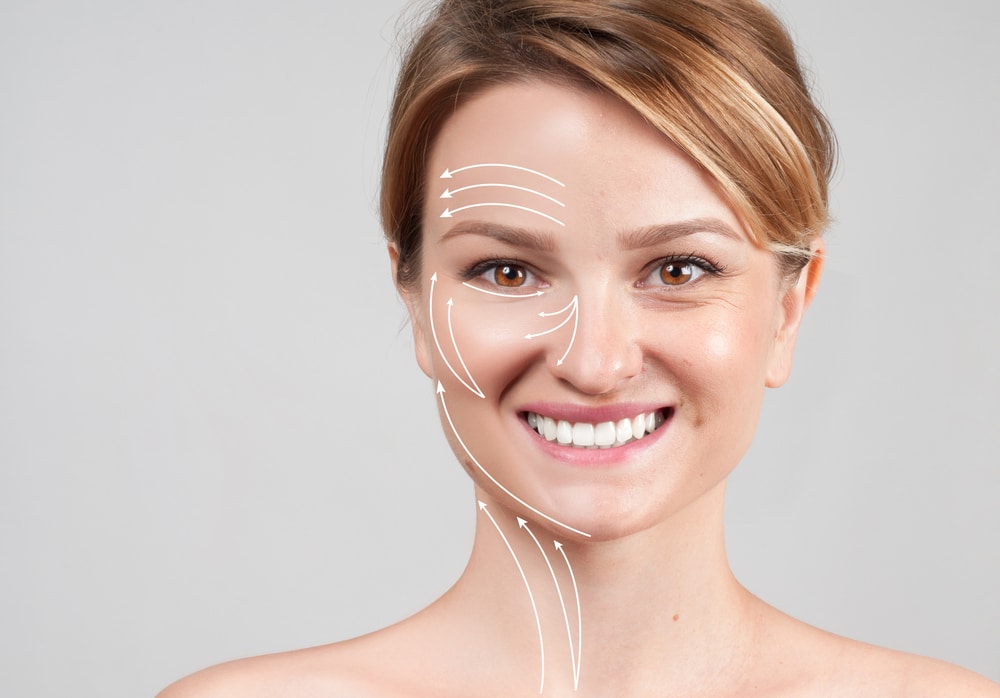
Botox, popular for reducing facial wrinkles and treating certain medical conditions, sometimes causes unwanted effects such as double vision. Knowing how Botox can lead to this issue is crucial for potential recipients.
Dr. Homer Hojjat, an expert injector, provides valuable advice on reducing the risk of vision issues. His recommendations stress the importance of selecting a qualified practitioner, preparing appropriately for the procedure, and recognizing when professional help is needed to ensure a safer experience with Botox.
Preventing Double Vision From Botox Treatments
- Choosing an experienced and certified practitioner is essential to minimize the risk of double vision after Botox injections.
- Double vision after Botox can occur if the product spreads to muscles controlling the eye, so precise injection technique is critical.
- Informing your provider about any previous reactions to Botox can help prevent complications like double vision.
- Follow post-treatment instructions, such as not rubbing the injection area, to reduce the chance of Botox-induced double vision.
- If double vision occurs after Botox, it’s typically temporary, but a follow-up appointment with your healthcare provider is advised.

Botox Injections and Vision Effects
Botox injections are widely used for their cosmetic benefits such as treating frown lines, but they can also influence vision when applied near the eye muscles. In some instances, treatment may affect adjacent muscles inadvertently, leading to binocular diplopia or monocular diplopia. This condition manifests as double vision, where a person sees two images of a single object. The images might appear as oblique diplopia or vertical diplopia. Precision in Botox application is crucial as even though the correct muscles are targeted, diffusion can lead to effects like double vision.
Step 1: Choose a Qualified Medical Professional
When opting for Botox treatments, it’s essential to choose a licensed practitioner skilled in injections, particularly around sensitive areas like the eyelid muscle. Their ability to target the right injection sites with accuracy ensures that your vision remains unaffected and the treatment is effective. Look for someone with significant experience in handling the contracting muscle correctly to avoid side effects and ensure optimal results.
Step 2: Discuss Your Concerns and Medical History
Before your Botox session, it’s important to discuss your past medical treatments and allergies with the practitioner. This includes sharing details of any past treatments, particularly those related to the facial muscles or eyes, such as vision issues. By informing them of any allergies, you help ensure the cosmetic treatment doesn’t cause any adverse effects.
Discuss any existing medical conditions, focusing on those that could impact your vision health. Botox can be an effective treatment when tailored to your health profile. Providing a clear picture of your medical conditions enables the practitioner to customize the Botox application to your specific needs.
Step 3: Prepare for the Botox Treatment Properly
To ensure a successful treatment, follow certain guidelines before your session of injection. Your provider will give specific instructions to prevent muscle weakness and other potential issues.
Before Your Botulinum Toxin Injections
Botulinum toxin injections need proper preparation. In the days after injection, avoid activities that could trigger blepharospasms, a vision-related side effect. Also, steer clear of blood thinners as they can cause bruising at the cosmetic injection site.

Step 4: Follow Aftercare Instructions Diligently
Proper aftercare is crucial following a Botox treatment to minimize unwanted effects and ensure the substance settles as intended. Within weeks after injection, it’s important to observe the response of the treated muscles and to stick to the aftercare plan given by your provider.
Watch for any symptoms post-treatment, especially flu-like symptoms or involuntary blinking—a condition known as Essential Blepharospasm—which could affect eyesight and require prompt attention. These are usually temporary symptoms, but it’s essential to monitor them closely and report any abnormalities.
Step 5: Know When to Seek Medical Attention
Identifying Symptoms of Complications
Patients with blepharospasms should be aware of certain symptoms. Should you experience muscle weakness or blurred vision after Botox, consult your physician for a professional assessment.
Immediate Actions for Double Vision
If you notice shifts in vision, immediate action is necessary. It may indicate a reaction from a weaker muscle to the treatment. To manage uncontrolled muscle spasms and avert further issues, medical assistance is recommended without delay.

Ensuring Botox Safety
Essential Follow-Up Care
Botox safety continues to be important after the initial treatment. Long-term care ensures the lasting effects and safety of Botox for those undergoing treatment of individuals troubled by common conditions.
The Importance of Regular Check-Ins
Regular follow-up visits are a critical aspect of sustaining the quality of treatment for patients. During these sessions, healthcare providers can reassess and maintain the therapy’s efficacy and safety.
Precautions to Minimize Risks
Use Minimal Dosages
Minimum dosages are advised for effective muscle contraction and to prevent complications such as double vision in those with certain eye conditions.
Treatment Frequency
Control the frequency of treatments to allow muscle recovery and minimize cumulative exposure, thus reducing risks associated with repetitive sessions.
Preventing Double Vision After Botox
To prevent double vision after Botox, it is important to:
- Understand potential side effects, including blurred vision.
- Know the function of oculo-motor muscles and how an imbalance—either a stronger or a weak muscle—affects eye movements.
- Manage blood pressure.
- Ensure the adult procedure is performed accurately.
Adhering to safety measures can minimize risks associated with this common non-surgical cosmetic procedure.
Consult with a Facial Plastic Surgeon
If you have concerns about double vision after Botox, it’s important to consult a skilled medical professional. Dr. Homer Hojjat, based at SoCal Aesthetic Surgery in Irvine, CA, offers expert advice on facial plastic surgeries and Botox treatments. With a background combining art and science, Dr. Hojjat applies meticulous skill and creative precision in his practice. His extensive training under top surgeons and specialization in the face and neck set him apart as a knowledgeable authority on managing Botox safety and effectiveness.
To ensure your Botox procedure is safe and meets your needs, consider scheduling a consultation with Dr. Hojjat. He takes time to listen to your concerns, answer questions, and explain procedures, ensuring you are comfortable and informed. His approach is personalized, aiming for natural-looking results and patient satisfaction. You can book a consultation appointment with Dr. Homer Hojjat by calling SoCal Aesthetic Surgery at 949-216-4914 today.



